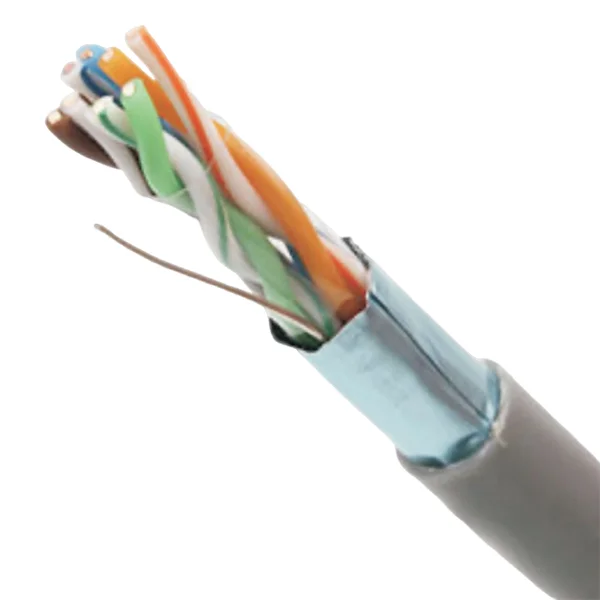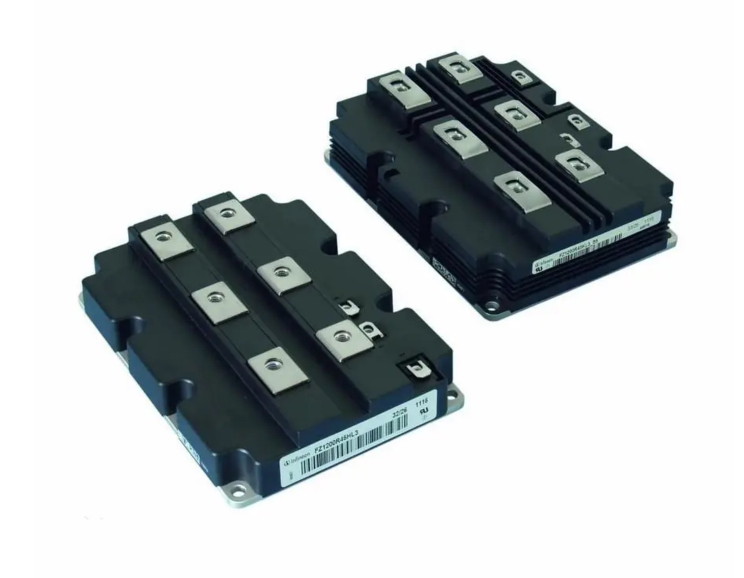In the world of automotive performance, achieving optimal engine power and efficiency is a constant pursuit. One crucial component that plays a significant role in this endeavor is the digital boost controller. In this article, we will delve into the inner workings of a digital boost controller, exploring its functions, benefits, and the impact it has on enhancing engine performance.
- Understanding the Basics:
Before we dive into the intricacies of a digital boost controller, let's establish a foundation by understanding the concept of boost control. Boost control refers to the regulation of the intake manifold pressure, which directly influences the amount of air and fuel mixture delivered to the engine. Traditionally, manual boost controllers were used, but the advent of digital technology has revolutionized this process. - The Digital Boost Controller:
A digital boost controller is an advanced electronic device that precisely controls the boost pressure delivered to the engine. It utilizes a combination of sensors, solenoids, and a microprocessor to achieve accurate and dynamic boost control. Unlike its manual counterpart, a digital boost controller offers unparalleled precision, adaptability, and real-time adjustments. - Sensor Integration:
At the heart of a digital boost controller lies the integration of various sensors. These sensors, such as the manifold absolute pressure (MAP) sensor and throttle position sensor (TPS), provide crucial data to the microprocessor. By continuously monitoring these inputs, the digital boost controller can make instantaneous adjustments to maintain optimal boost levels under varying conditions. - Microprocessor and Solenoid Control:
The microprocessor acts as the brain of the digital boost controller, processing the sensor data and making calculations to determine the desired boost level. It then sends signals to the solenoid, which controls the wastegate or bypass valve. By precisely modulating the solenoid's duty cycle, the digital boost controller can regulate the boost pressure with remarkable accuracy. - Boost Mapping and Tuning:
One of the key advantages of a digital boost controller is its ability to store and utilize multiple boost maps. These maps allow for different boost levels to be programmed based on various parameters such as RPM, throttle position, or even gear selection. This flexibility enables fine-tuning of the engine's performance, optimizing power delivery across the entire rev range. - Real-Time Adjustments and Safety Features:
Digital boost controllers excel in their ability to make real-time adjustments to boost levels. With advanced algorithms and feedback mechanisms, they can adapt to changing conditions, such as temperature or altitude, ensuring consistent performance. Additionally, safety features such as boost cut-off and overboost protection help prevent engine damage and maintain reliability.
Conclusion:
In conclusion, a digital boost controller represents a significant leap forward in achieving optimal engine performance. By integrating sensors, microprocessors, and solenoids, it provides precise and dynamic control over boost pressure. With the ability to store multiple boost maps and make real-time adjustments, it offers unparalleled flexibility and adaptability. Embracing this technology unlocks the true potential of an engine, delivering exhilarating power and efficiency like never before.



